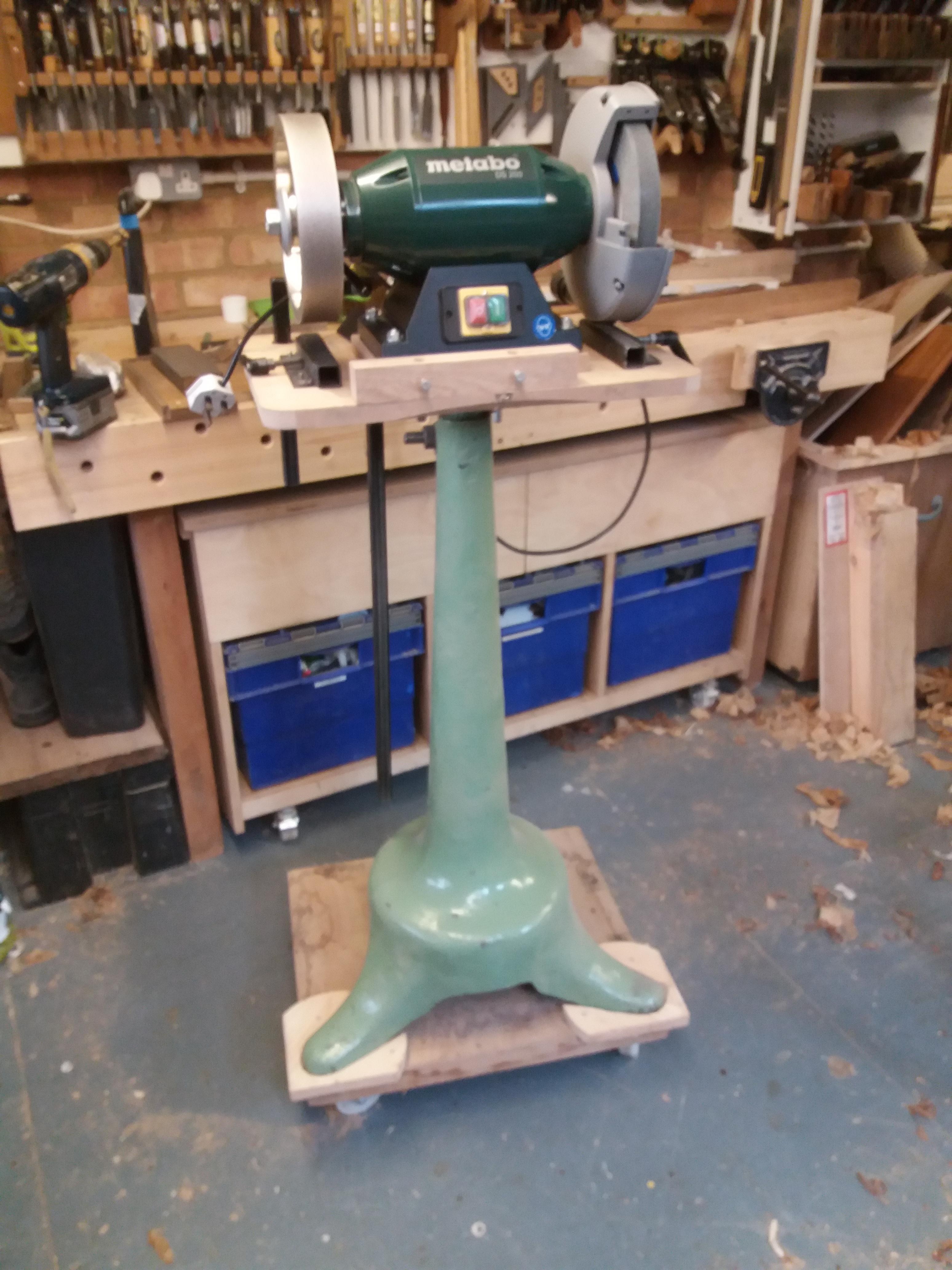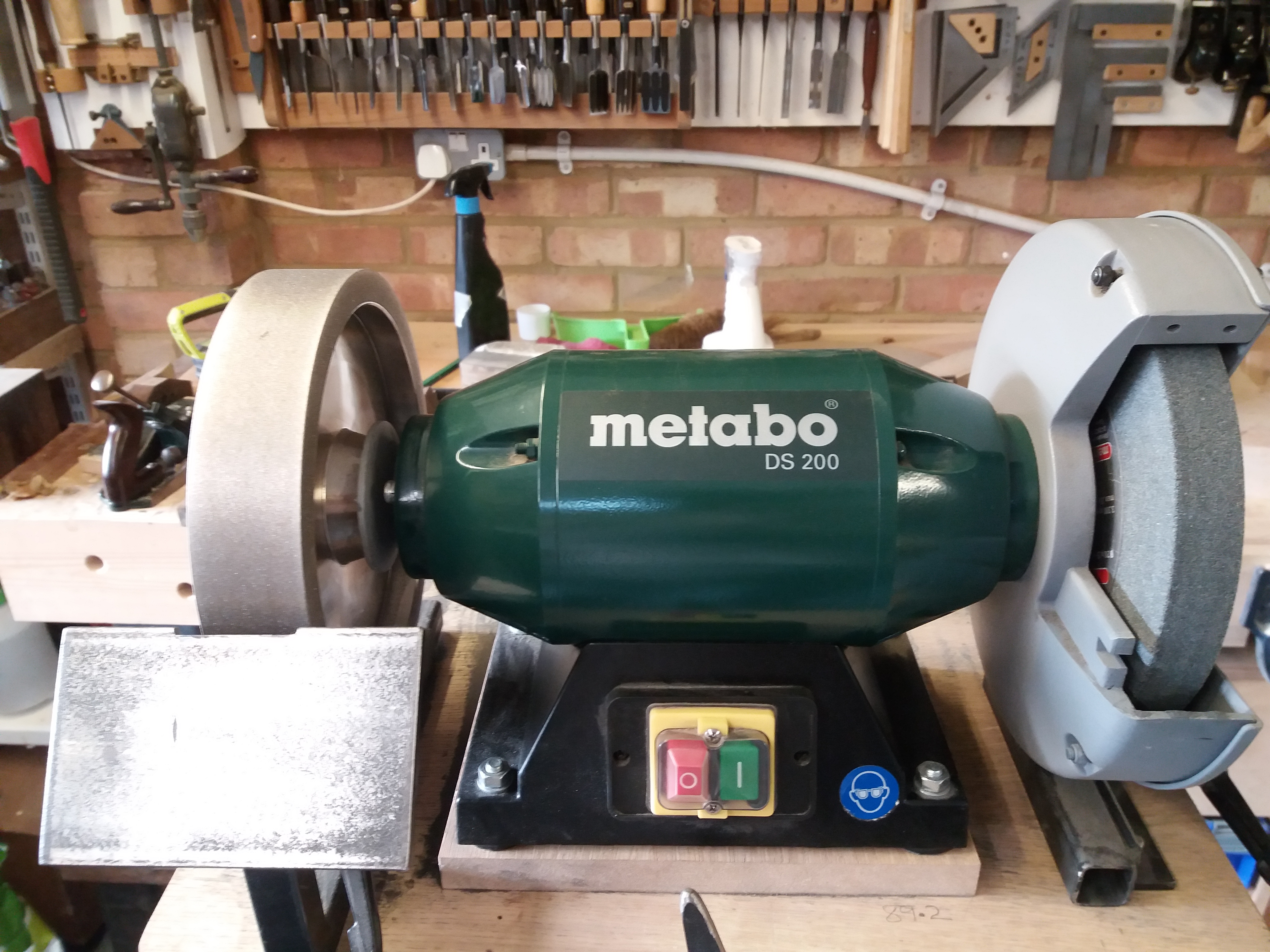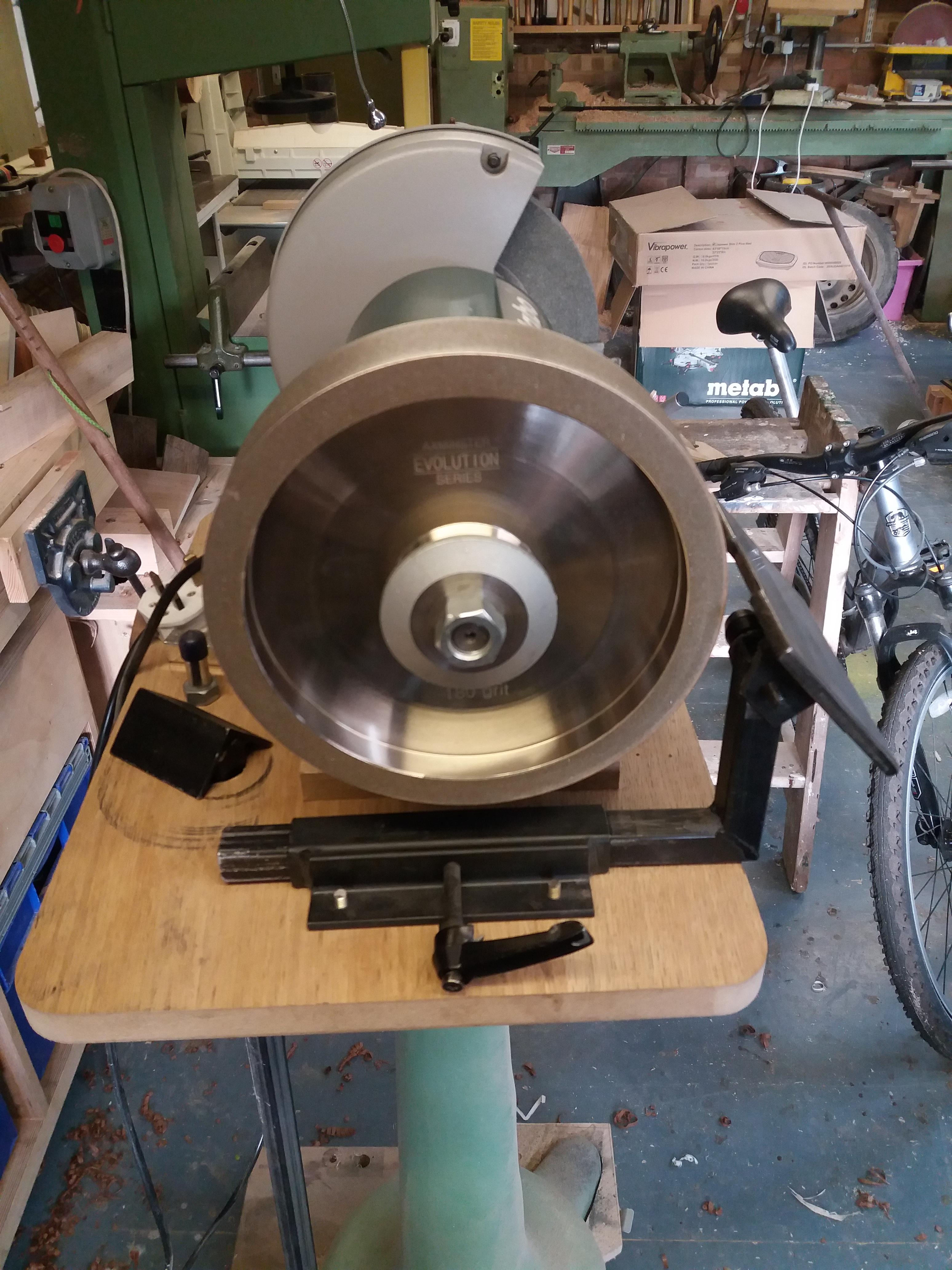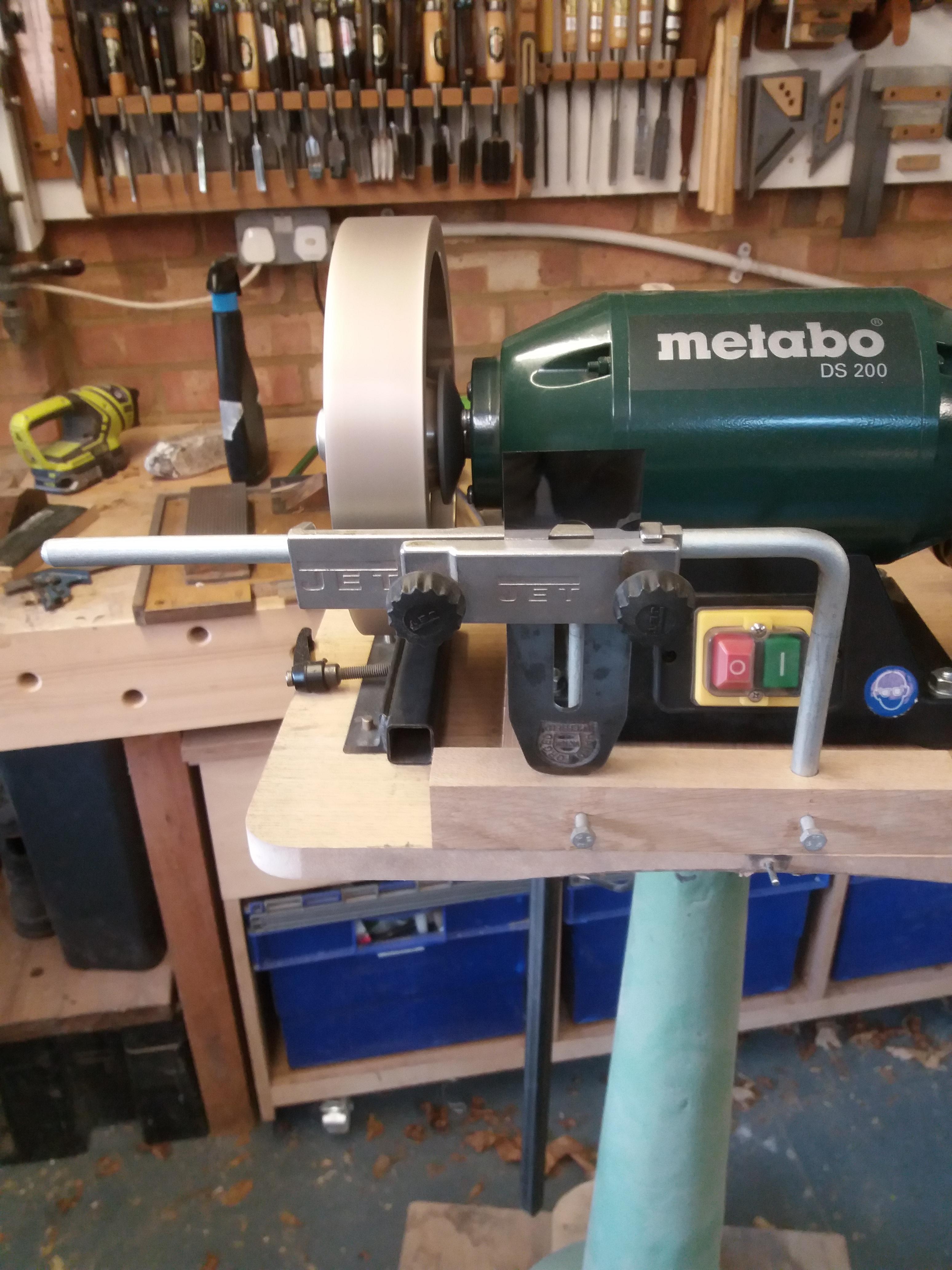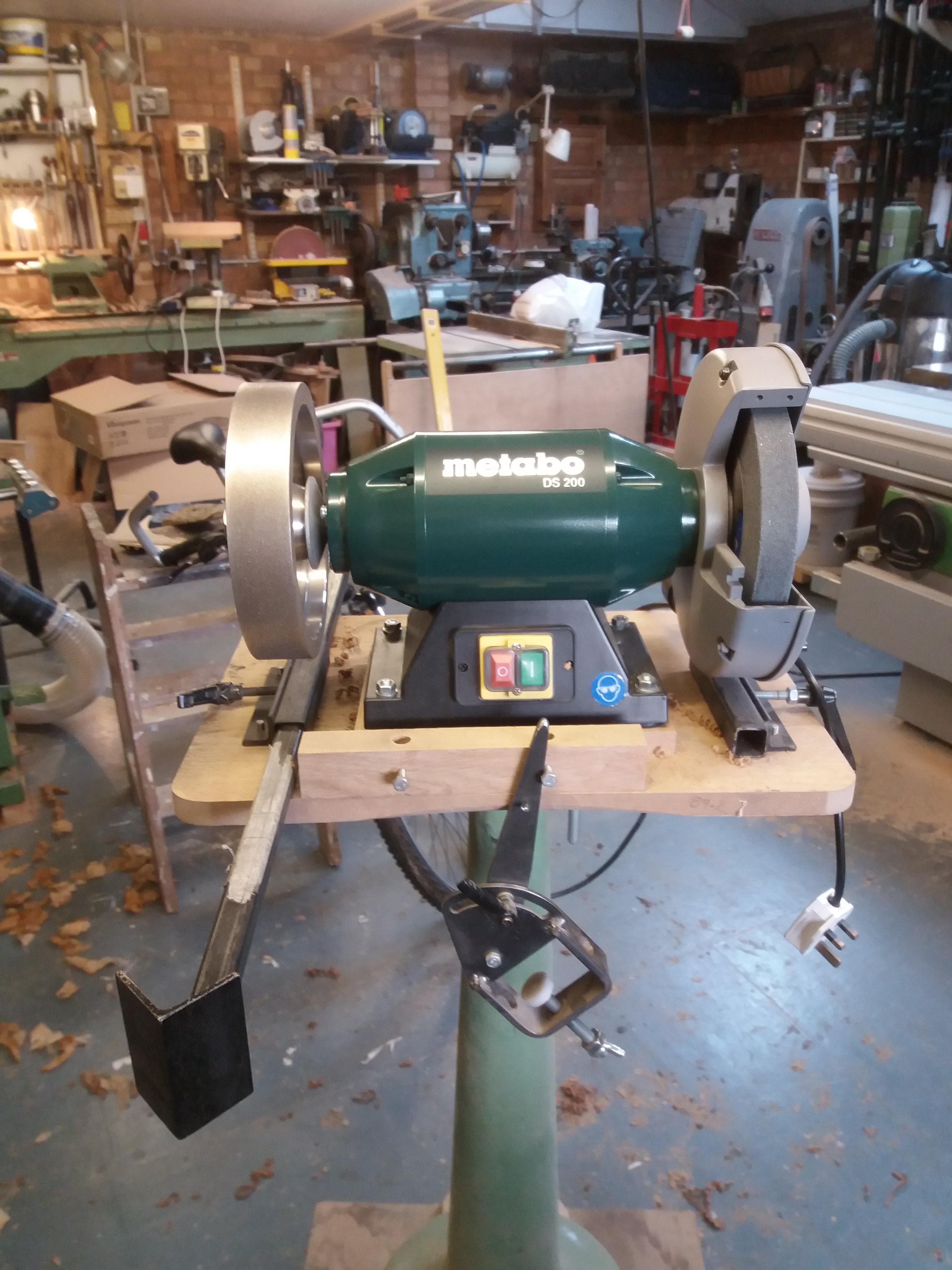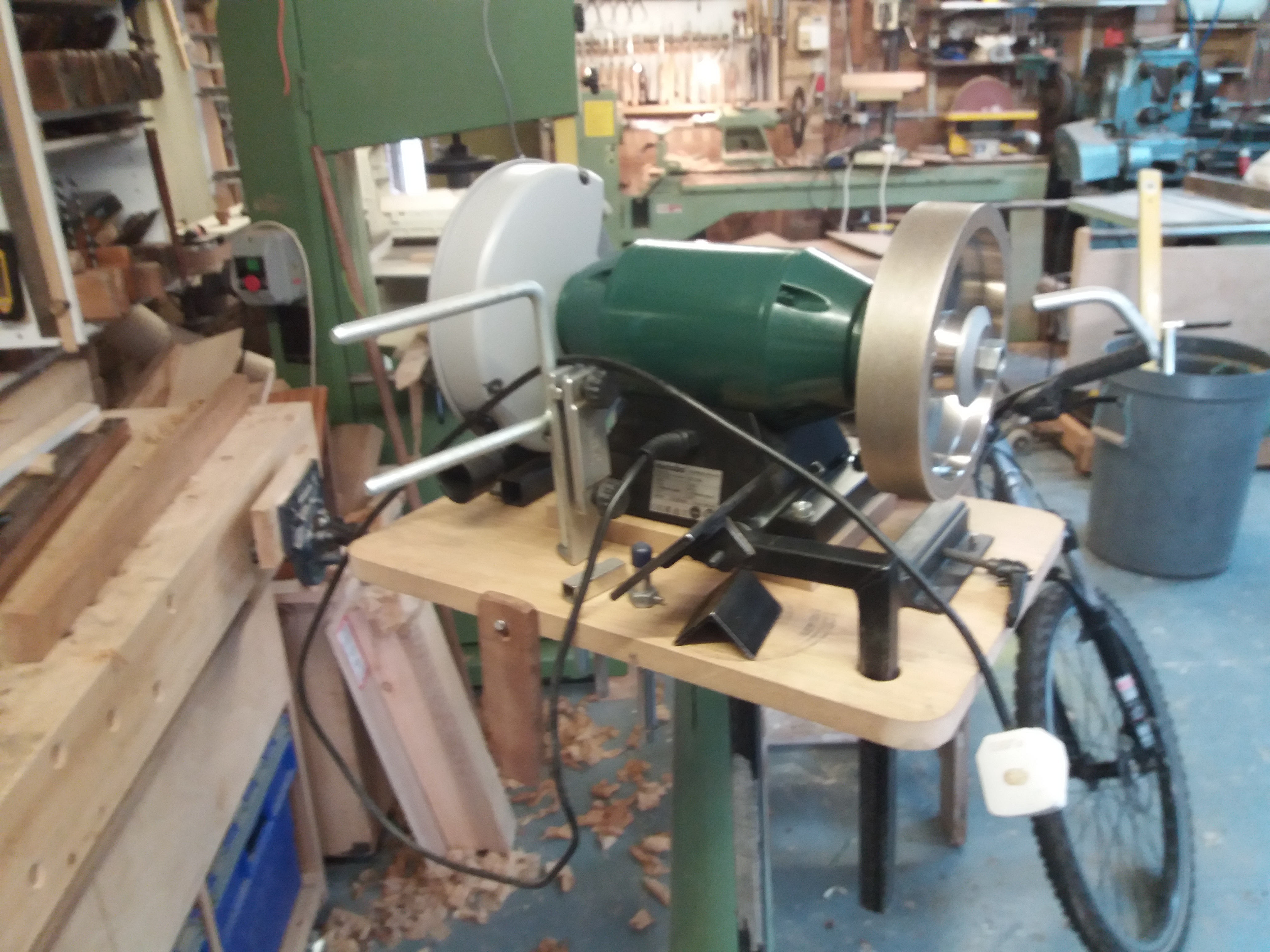screwpainting
Established Member
I've just been looking into sharpening drill bits, as it's something I've never done before but as I am very keen to become increasingly ensconced in my workshop (to avoid the modern world) this looks like a great learning curve and another skill worth having.
Then I found this..
https://www.youtube.com/watch?v=IOXXiPK1L4s
These wheels would appear to be the ultimate sharpening aid. No loss of temper, both mental or metal, in the tool (me?) I am trying to sharpen, indestructible, and very safe.
Has anyone got, or used one of these, they do seem to be worth the additional cost.
Then I found this..
https://www.youtube.com/watch?v=IOXXiPK1L4s
These wheels would appear to be the ultimate sharpening aid. No loss of temper, both mental or metal, in the tool (me?) I am trying to sharpen, indestructible, and very safe.
Has anyone got, or used one of these, they do seem to be worth the additional cost.

































